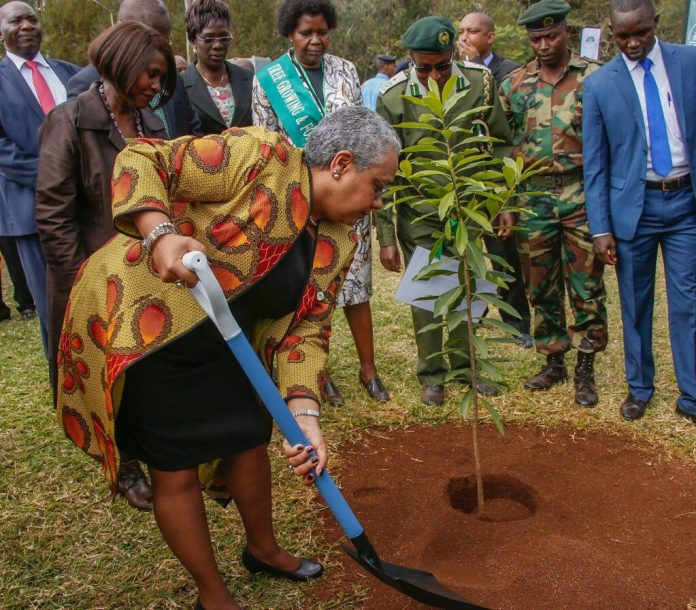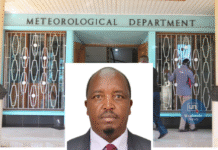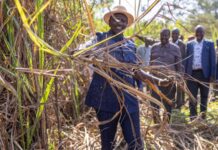Kenya is slowly achieving its long-sought forest cover target of 10 per cent.
All hands are on deck to make it happen, and reforestation efforts have Kaptagat among their beneficiaries. On July 15, the sixth iteration of the tree-planting campaign in the Kaptagat forest took place.
For the rehabilitation of the forest’s various stations, including Kaptagat, Penon, Sabor, Kessup, and Kipkabus, more than 250,000 seedlings were planted.
Environment PS Dr. Chris Kiptoo congratulated the combined efforts of the public and private sectors, which he credited for the rise in national forest cover from 5.5% in 2013 to 8.8% in 2022.
According to the National Forest Resources Assessment Report 2021, Kenya’s forest cover has increased from 7.2 to 8.8 percent since 2018.
“Our tree cover is now way ahead of our constitutional target of 10 per cent as we are now at 12.3 per cent,” Kiptoo said.
The analysis of Kenya’s tree cover, which is currently 12.3%, was done for the first time ever in the six-month assessment.
According to Kiptoo, Kenyans have significantly contributed to environmental preservation and protection through the planting of trees, rehabilitation of degraded lands, and restoration of ecosystems in an effort to increase the country’s forest cover.
He claimed that the National Tree Growing Strategy is being implemented by the ministry in conjunction with stakeholders to support environmental restoration efforts, where county governments and community involvement are essential.
According to the PS, Kefri’s capacity has increased from six national sic seed production centers to eighteen.
On July 15, Dr. Belio Kipsang, Kipchoge’s regional development counterpart, and 50.8 ha of the degraded Kaptagat Forest that he had adopted were fenced off and replanted.
According to Moses Muthui, chief strategy officer at Absa Bank, the bank has pledged to plant 10 million tree seedlings as part of its flagship project, known as “10 million trees and seedlings in five years.”
“As a bank, we are part of the private sector efforts towards making sure we are financing green energy going forward,” he said.
According to Muthui, climate change causes famine and droughts, which have an impact on agriculture and are financed by banks.
“It is connected, that is why we have to be careful and concerted to make sure we are involved in managing climate change,” he said.
To support the national agenda of increasing the county’s forest cover, the project will be carried out in collaboration with the Environment ministry.
According to Muthui, the bank has given a donation of Sh3 million to help with the restoration and preservation of the Kaptagat Forest.



















